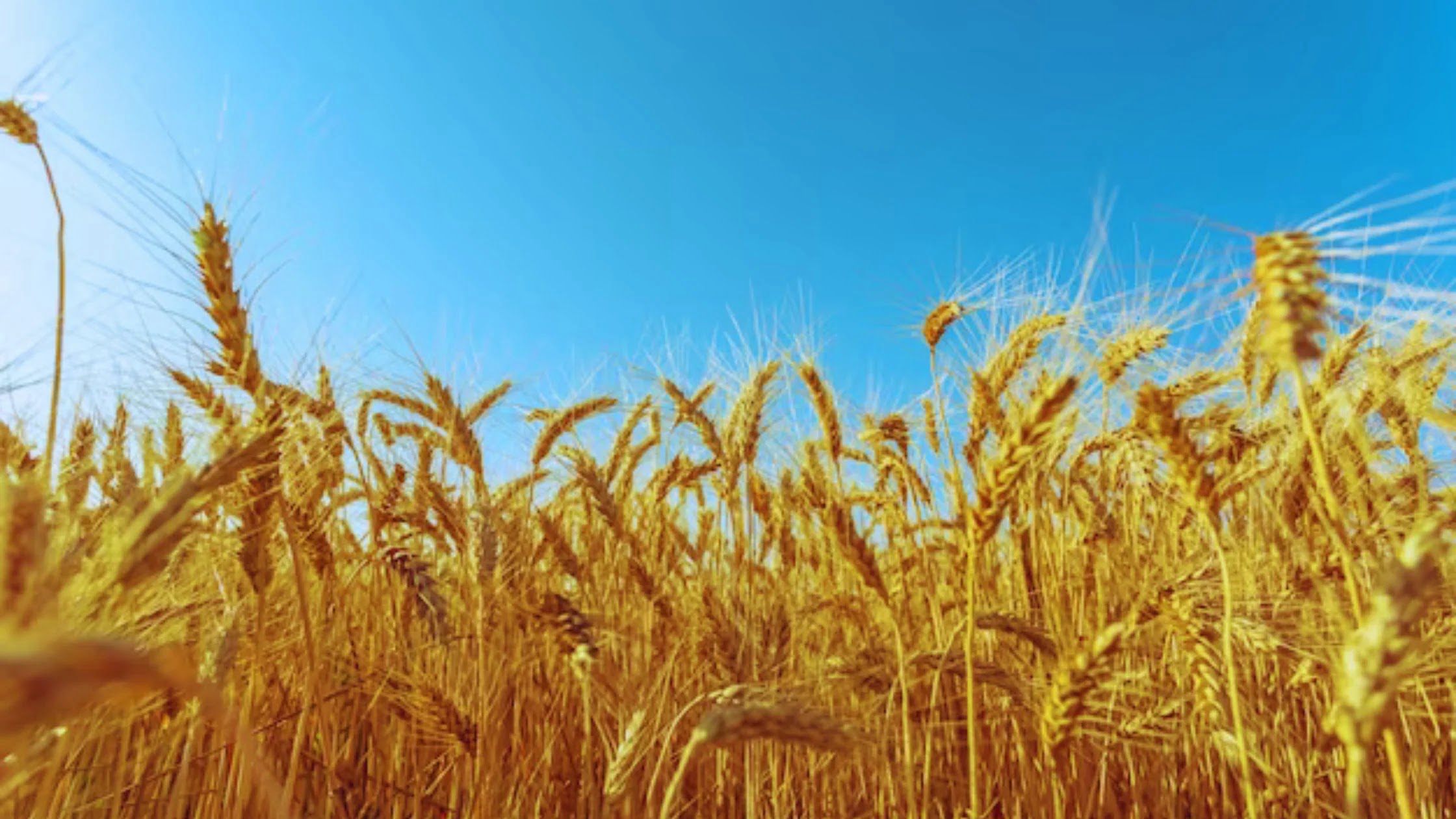
Introduction
When it comes to nutrition, one cannot overlook the remarkable potential of millet. These small, round whole grains, belonging to the grass family, have been a dietary staple in many parts of the world for centuries. In this comprehensive guide, we’ll delve into the myriad health benefits of millets, their nutritional value, and the reasons behind their surging popularity in Western countries.
The Basics of Millets
Millets, often considered ancient grains, are cultivated primarily in Asian and African countries. They are prized for their resilience in harsh environments, drought resistance, and pest resistance. These attributes are deeply rooted in their genetic composition, making them an exceptional choice for both human consumption and animal feed. Millets can be broadly categorized into two groups: large and small millets.
Large Millets
- Pearl Millet
- Foxtail Millet
- Proso Millet
- Finger Millet (Ragi)
Small Millets
- Kodo Millet
- Barnyard Millet
- Little Millet
- Guinea Millet
- Brown Top Millet
- Fonio
- Adlay (Job’s Tears)
Pearl millet, the most widely produced variety for human consumption, boasts high nutritional value and health benefits. This grain is a rich source of carbohydrates and offers a range of essential vitamins and minerals.
Nutritional Profile
One cup (174 grams) of cooked millet contains:
- Calories: 207
- Carbohydrates: 41 grams
- Fiber: 2.2 grams
- Protein: 6 grams
- Fat: 1.7 grams
- Phosphorus: 25% of the Daily Value (DV)
- Magnesium: 19% of the DV
- Folate: 8% of the DV
- Iron: 6% of the DV
One notable feature of millets is their amino acid composition, which surpasses that of most other cereals. Amino acids are the building blocks of protein, and millets provide them in abundance. Additionally, finger millet stands out for having the highest calcium content among all cereal grains, providing 13% of the Daily Value per 1 cooked cup (100 grams).
Calcium is essential for bone health, blood vessel and muscular contractions, and proper nerve function.
The Antioxidant Powerhouse
Millets are packed with antioxidants, with a special emphasis on ferulic acid and catechins. These antioxidants play a crucial role in protecting your body from oxidative stress. Studies in mice have linked ferulic acid to rapid wound healing, skin protection, and anti-inflammatory properties. Catechins, on the other hand, bind to heavy metals in your bloodstream, preventing metal poisoning.
Millets with darker colors, such as finger, prose, and foxtail millet, contain even higher levels of antioxidants than their lighter counterparts.
Blood Sugar and Cholesterol Control
For individuals concerned about blood sugar levels, millets are a wise dietary choice. Rich in fiber and non-starchy polysaccharides, millets help regulate blood sugar levels effectively. With a low glycemic index, they are unlikely to cause spikes in blood sugar, making them a favored grain for people with diabetes.
Studies have shown that replacing a rice-based meal with millet can lead to improved blood sugar control. Additionally, millets have demonstrated their potential to lower cholesterol levels. The soluble fiber present in millet forms a viscous substance in the gut, effectively trapping fats and aiding in reducing cholesterol levels.
Furthermore, millet protein may play a role in lowering cholesterol. Research in mice has shown that a diet rich in millet protein concentrate led to reduced triglyceride levels and an increase in beneficial HDL (good) cholesterol.
Gluten-Free Goodness
Millets are a savior for individuals with celiac disease or gluten sensitivities, as they are naturally gluten-free. Gluten, a protein found in grains like wheat, barley, and rye, can trigger digestive issues for those with gluten-related disorders.
When incorporating millet into your diet, ensure that you choose products certified as gluten-free to avoid any cross-contamination risks.
Addressing Antinutrients
While millets offer numerous health benefits, they do contain antinutrients, compounds that can hinder the absorption of certain nutrients in the body. Phytic acid, one such antinutrient in millet, can interfere with the absorption of potassium, calcium, iron, zinc, and magnesium. However, these effects are usually negligible in individuals with a balanced diet.
Certain antinutrients called goitrogenic polyphenols may affect thyroid function, potentially leading to goiter. However, this effect is typically associated with excessive polyphenol intake. Soaking millets overnight and sprouting them can significantly reduce antinutrient levels, making them even more nutritious.
Culinary Versatility

Millets offer culinary versatility, making them an excellent substitute for rice when cooked whole. They can be used in a variety of dishes, from breakfast porridge to salads, cookies, and cakes. Additionally, millets are available as flour, which can enhance the nutritional content of baked goods.
Intriguingly, fermented millet acts as a natural probiotic, providing live microorganisms that support gut health. This grain’s adaptability and nutty flavor make it a worthy addition to your culinary repertoire.
Among the various types of millet, Finger Millet (often known as Ragi) is celebrated for its exceptional nutritional profile. It is particularly noted for having the highest calcium and potassium content compared to other millets. Here’s a brief overview of its nutritional value per 100g:
- Carbohydrates: 72.0g
- Protein: 7.3g
- Fat: 1.3g
- Energy: 328 KCal
- Crude Fiber: 3.6g
Finger millet is also the richest source of calcium among millets, with about 300-350 mg per 100g. This makes it a highly nutritious choice, especially for bone health and overall well-being.
Millets play a significant role in nutrition and health due to their rich composition of nutrients and bioactive compounds. Here are some of the key nutritional and functional roles of millets:
Nutritional Roles:
- High in Nutrients: Millets are a rich source of energy, carbohydrates, proteins, dietary fiber, vitamins, and minerals like calcium, iron, potassium, magnesium, and zinc.
- Gluten-Free: They are an excellent alternative for people with gluten intolerance or celiac disease.
- Rich in Phytochemicals: Millets contain beneficial phytochemicals such as phenolic acids, flavonoids, and phytosterols, which contribute to their antioxidant properties.
Functional Roles:
- Disease Prevention: The high fiber content and presence of phytochemicals in millets can help in preventing diseases like diabetes, cardiovascular diseases, and certain types of cancer.
- Gastrointestinal Health: Millets have a low glycemic index, which makes them beneficial for maintaining a healthy digestive system and controlling blood sugar levels.
- Weight Management: Their high fiber content contributes to a feeling of fullness, aiding in weight management and obesity prevention.
- Anti-inflammatory Properties: Some millets have anti-inflammatory properties that can help in managing conditions like arthritis.
- Environmental Benefits: Millets are resilient crops that can grow in harsh conditions, making them sustainable and beneficial for the environment.
Overall, millets are not only nutritious but also serve multiple functional roles that contribute to health and well-being, as well as environmental sustainability.
Conclusion
Millets are more than just a dietary choice; they are a nutritional powerhouse. Rich in protein, antioxidants, and essential nutrients, they offer an array of health benefits. From blood sugar control to cholesterol management, their potential is substantial. With their gluten-free nature and versatility in the kitchen, millets are a must-try addition to your diet. So, why not explore the world of millets and enjoy their remarkable taste and health benefits today?



.png)

